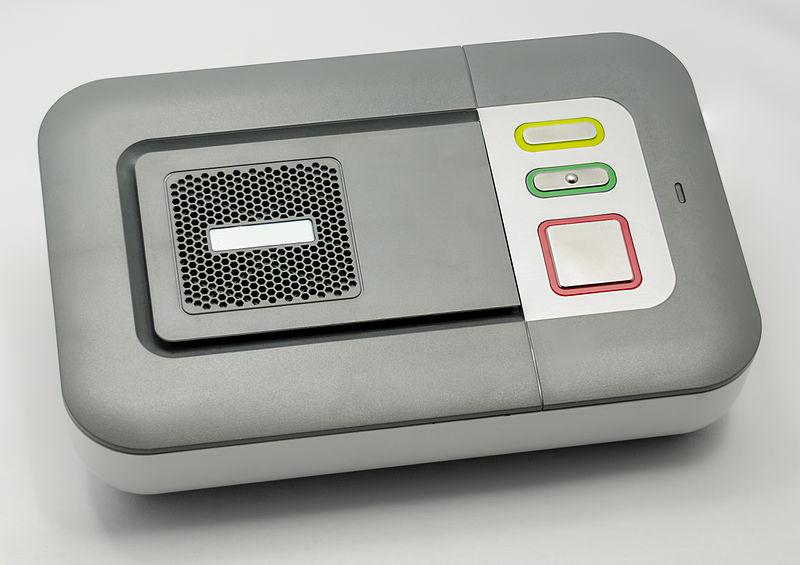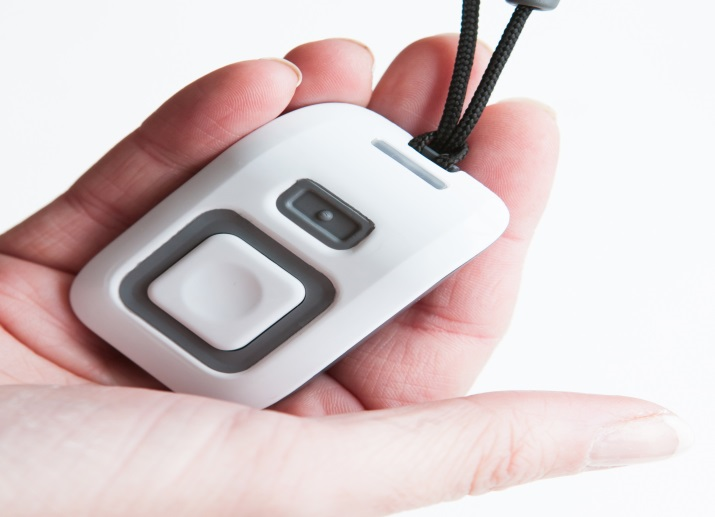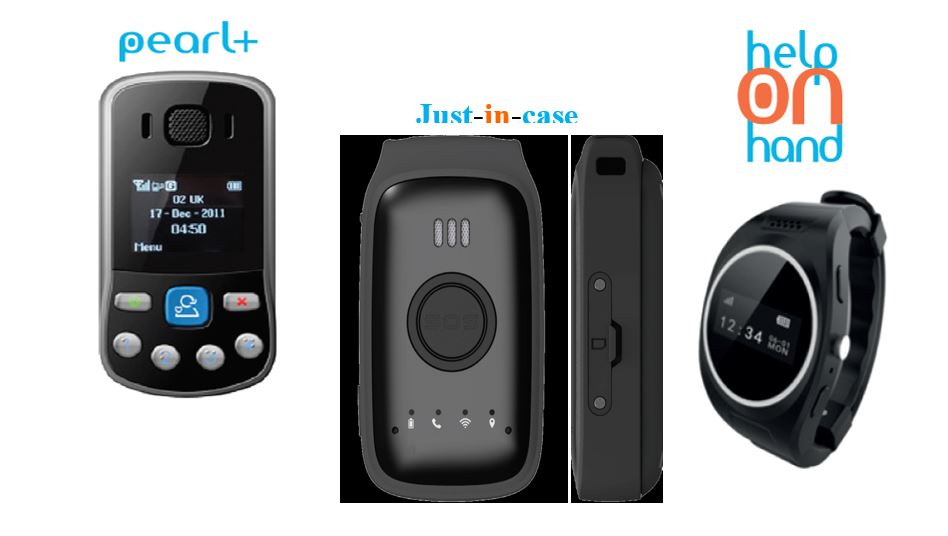Assistive technology
There's a wide range of technology that can help you stay safe in your home. From a button to press that will request help, to devices that automatically monitor your wellbeing and contact others in an emergency.
Telecare
If you live independently or help to care for somebody with social care needs you may be able to receive Telecare to help you. Buckinghamshire County Council provides a range of equipment such as pendant alarms, care pagers and alerting systems, fall sensors and linked smoke or carbon monoxide detectors. These items can help you manage your home environment and continue to live independently with confidence.

Who is it for?
Telecare is suitable for a range of conditions and can be particularly helpful for people living independently, carers, people who are being cared for, and people with memory issues. The purpose of Telecare is that it can help you to manage your environment and care with just one press of a button – there is no fuss or delay, just a speedy response no matter your situation. This means if someone needs assistance, this can be 24 hours a day, 365 days a year.
Pendant Alarm System
This piece of equipment is the basis of most Assistive Technology packages. In essence the lifeline will alert a call centre that you have an emergency or require assistance. The call centre will then arrange the most appropriate help for you.

The lifeline unit is installed by qualified professionals from our equipment supply partner NRS. The lifeline box will be plugged into a power supply and your phone line. It is best to place the lifeline unit somewhere that you will often be close to and that you can be heard and hear from.
If assistance is needed the red button on the pendant or lifeline unit is pressed, the lifeline dials through your phone line to a call monitoring centre. Trained professionals are waiting to deal with your call 24 hours a day. The call centre operative will decide how best to deal with your call and will arrange an appropriate response – this may be anything from providing you reassurance, calling a key contact to check in with you or dialling for a 999 response in the case of police, fire or medical emergency.
It can also be set up to work with a fall sensor that can tell if you’ve had a fall and will automatically alert a carer or the call centre who can then respond appropriately. In wearing a simple and discrete piece of equipment you can ensure that in the case of emergency, no matter where you are in your property a timely response will be provided.

Who is it for?
The lifeline unit is suitable for those living independently, carers, and those being cared for. The purpose of this alarm unit is that you can contact help no matter where you are in your home with just one press of a button – there is no fuss or delay, just a friendly response from your monitoring centre no matter your situation. This means if you slip and fell and are unable to reach your telephone, or if you are attending to your partner or relative you care for, you can still call through for assistance.
Oysta
Oysta provides mobile telecare, combining mobile and location technologies which can be used inside and outside of your home, and connect you to instant help and support, 24/7 via simple mobile devices. Telecare services can be accessed through our range of simple specialist mobile devices with alerts managed via our 24/7 telecare monitoring centre

Who is it for?
The Oysta Systems are ideal for those who are at risk from wandering or becoming lost whilst accessing their community or unfamiliar areas. All Oysta devices require a minimum of two contacts that have constant access to a smart phone, laptop or tablet.
Oysta devices can provide:
- Greater freedom & independence
- Protection inside & outside the home
- A simple way to call for assistance
- An option of wearable devices
- Reassurance to loved ones & carers
Further information:
Click here to view how it works
Telehealth
Telehealth is the use of technology to remotely exchange health data between a patient and their clinician(s). This information can assist in diagnosis and monitoring of the patient’s long term health conditions. Using telehealth equipment can enable individuals to take more control over their own health, and can become part of the individual’s day to day routine.

Telehealth uses technology to provide services that assist in the management of long term health conditions, including Chronic Obstructive Pulmonary Disease (COPD), Chronic Heart Failure (CHF), Diabetes and Epilepsy. It works by monitoring vital signs, such as blood pressure, and transmitting the data, via a telephone line, SMS text message or other wireless technology, to a health care professional, where it is monitored against parameters set by the individual's clinician.
There are real benefits to using telehealth equipment for both the patient and the clinician. The individual patient has more control and understanding of their long term health condition, and the clinicians utilising telehealth as part of a care pathway can ensure that they are proactively involved in the ongoing wellbeing of their patient, managing timely interventions and helping to improve their patient's quality of life.
Who is it for?
Telehealth equipment is available free of charge to all residents that are registered with a Buckinghamshire GP Surgery. However, to receive telehealth equipment you must have a healthcare need that can be supported by the equipment. To find out whether you can receive telehealth equipment to support your condition please speak to your GP, Local Community Health Team, specialist therapeutic services or hospital services
Other assistive technology
Some devices respond automatically to changes, warning that a person's well-being has deteriorated or that an untoward event has occurred.
Some systems give immediate feedback to the user, aiding memory loss and maintaining a person's independence and dignity.
Examples include:
- Movement/non-movement sensors
- Falls sensors
- Fire/smoke alarms
- Automatic lighting sensors
- Food/water alarms
- Fridge activity sensors
- Window/door sensors
- Carbon monoxide sensors
- Bed/chair occupancy sensors
- Temperature range sensors
- Gas shut off devices
- Medication reminder systems
- Wrist-worn wellbeing monitors
- Safety confirmation devices
